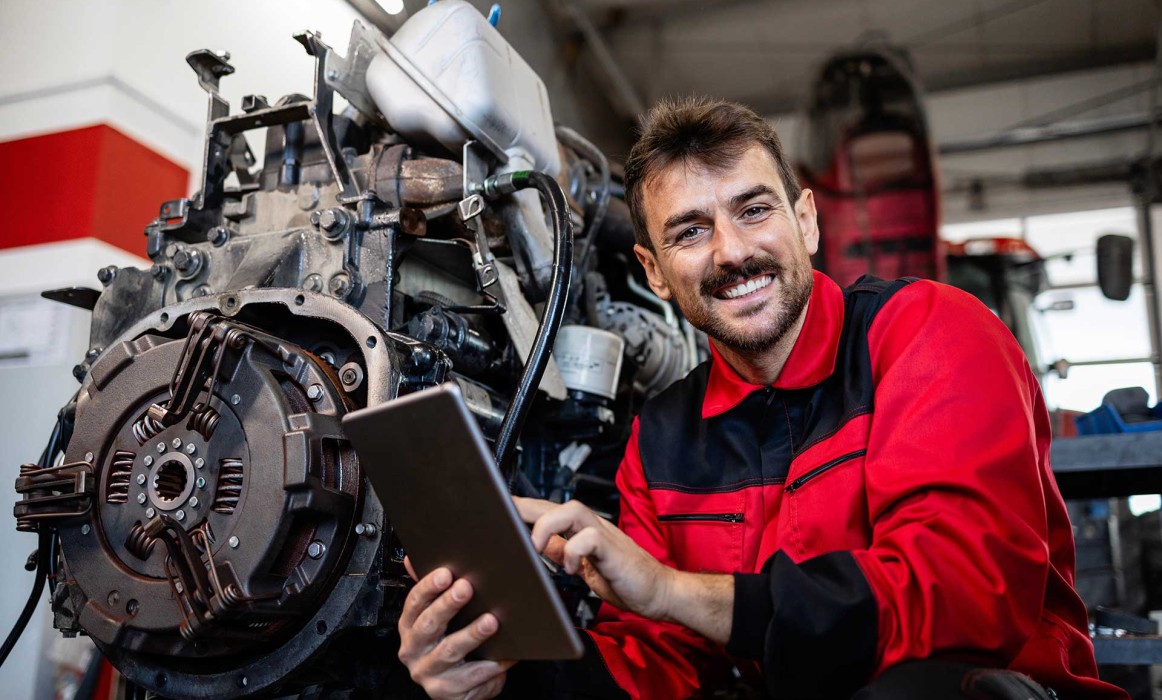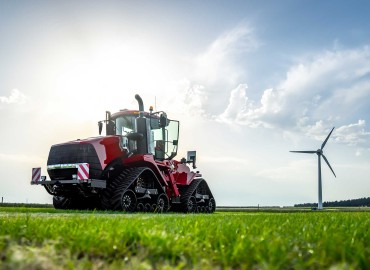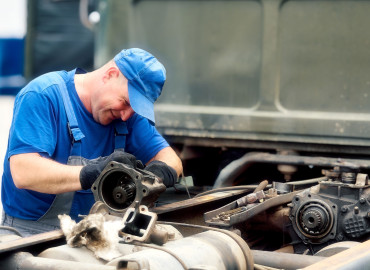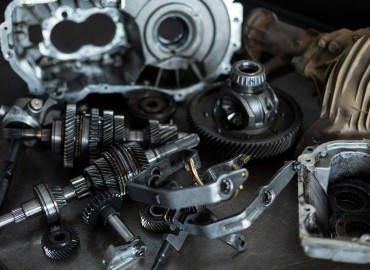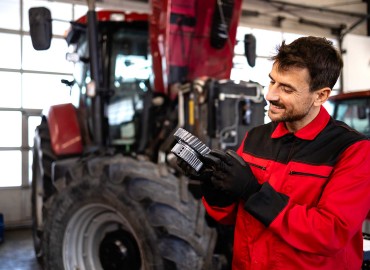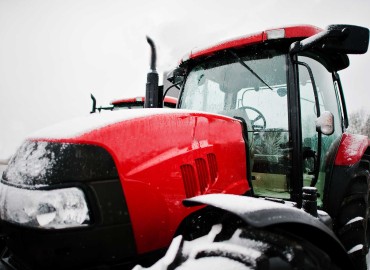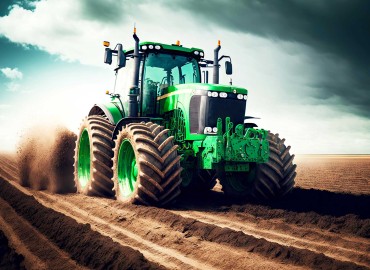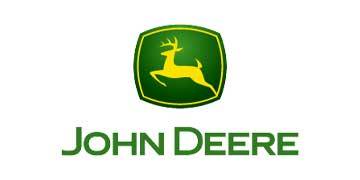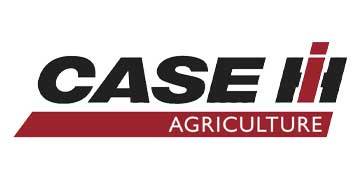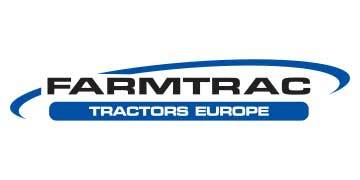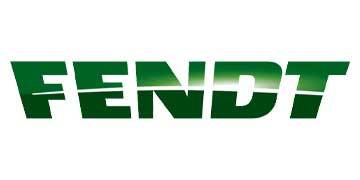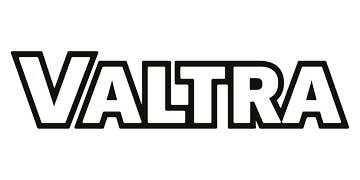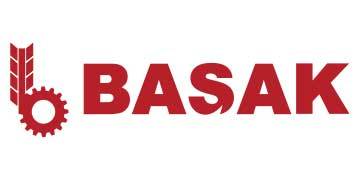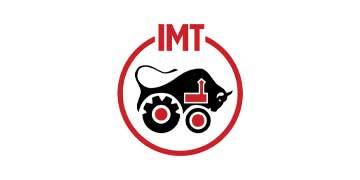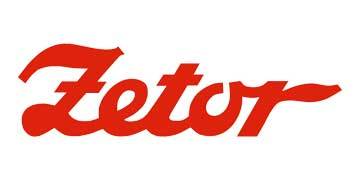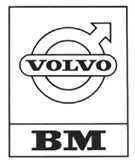Ensuring efficiency and effectiveness in the agricultural sector relies heavily on the proper functioning of tractors. The clutch system of a tractor is a critical component that transmits engine power to the wheels and controls movement. Correct use of the clutch enhances tractor performance, reduces wear and tear, and extends the lifespan of the tractor.
Basic Functions of the Clutch System
The clutch system connects the engine to the transmission, transferring engine power to the wheels. Correct use of the clutch ensures smooth and efficient operation of the tractor.
The functions of the tractor clutch system are as follows:
- Power Transmission: Transfers engine power to the wheels, enabling the tractor to move.
- Gear Shifting: Disconnects the engine from the transmission during gear changes, allowing for smooth transitions.
- Movement Control: Controls the stopping, starting, and acceleration of the tractor.
Correct Use of the Clutch
Correct use of the clutch ensures efficient operation of the tractor and prolongs the life of the clutch system. Incorrect use can lead to excessive wear and malfunction of the clutch.
Key Points to Consider
Correct use of the clutch includes the following factors:
- Smooth Operation: Press the clutch pedal slowly and control. Avoid sudden and forceful movements.
- Full Engagement and Release: Press the clutch pedal fully and release it completely after shifting gears. Keeping the pedal partially pressed causes the clutch to wear out.
- Avoid Holding in Neutral: Avoid keeping the clutch pedal pressed while the tractor is stationary, as this leads to unnecessary wear.
- Gear Shifts: Use the clutch with proper timing during gear shifts. Release the clutch slowly after changing gears.
Clutch Pedal Adjustment and Inspection
Proper adjustment and regular inspection of the clutch pedal ensure the correct operation of the clutch. The height and free play of the pedal affect the efficient use of the clutch.
How to Adjust the Clutch Pedal
For the correct use of the clutch, adjust the clutch pedal as follows:
- Pedal Height: The height of the clutch pedal should be within the values specified in the manufacturer's manual. Check and adjust the height if necessary.
- Free Play: The free play of the clutch pedal is the amount of slack when the pedal is first pressed. This distance is usually 1-2 cm. Check and adjust the free play.
- Regular Inspection: Regularly inspect the clutch pedal for signs of wear. Seek professional assistance if needed.
Maintenance and Replacement of the Clutch
Regular maintenance and timely replacement of the clutch system ensure the long-term and efficient operation of the tractor. Neglected clutch maintenance can lead to more significant issues in the engine and transmission systems.
Tips for Clutch Maintenance and Replacement
- Regular Maintenance: Regularly check and maintain the clutch system. Do not neglect lubrication, adjustment, and cleaning.
- Wear Inspection: Inspect the clutch disc and pressure plate for signs of wear. Replace the disc if it is thin or the pressure plate shows wear.
- Professional Help: Have clutch maintenance and replacement done by professional services to ensure proper and safe procedures.
Common Mistakes in Clutch Use and Their Solutions
Common mistakes in tractor clutch use include:
Pressing Hard: Pressing the clutch pedal hard causes wear. Press the pedal smoothly and control it.
Partial Engagement: Keeping the clutch pedal partially pressed leads to heating and wear. Press the pedal fully and release it completely.
Holding in Neutral: Avoid keeping the clutch pedal pressed while the tractor is stationary to prevent unnecessary wear.
Incorrect Gear Use: Use the clutch with proper timing during gear shifts. Incorrect gear changes stress the clutch.
 en
en  tr
tr 
